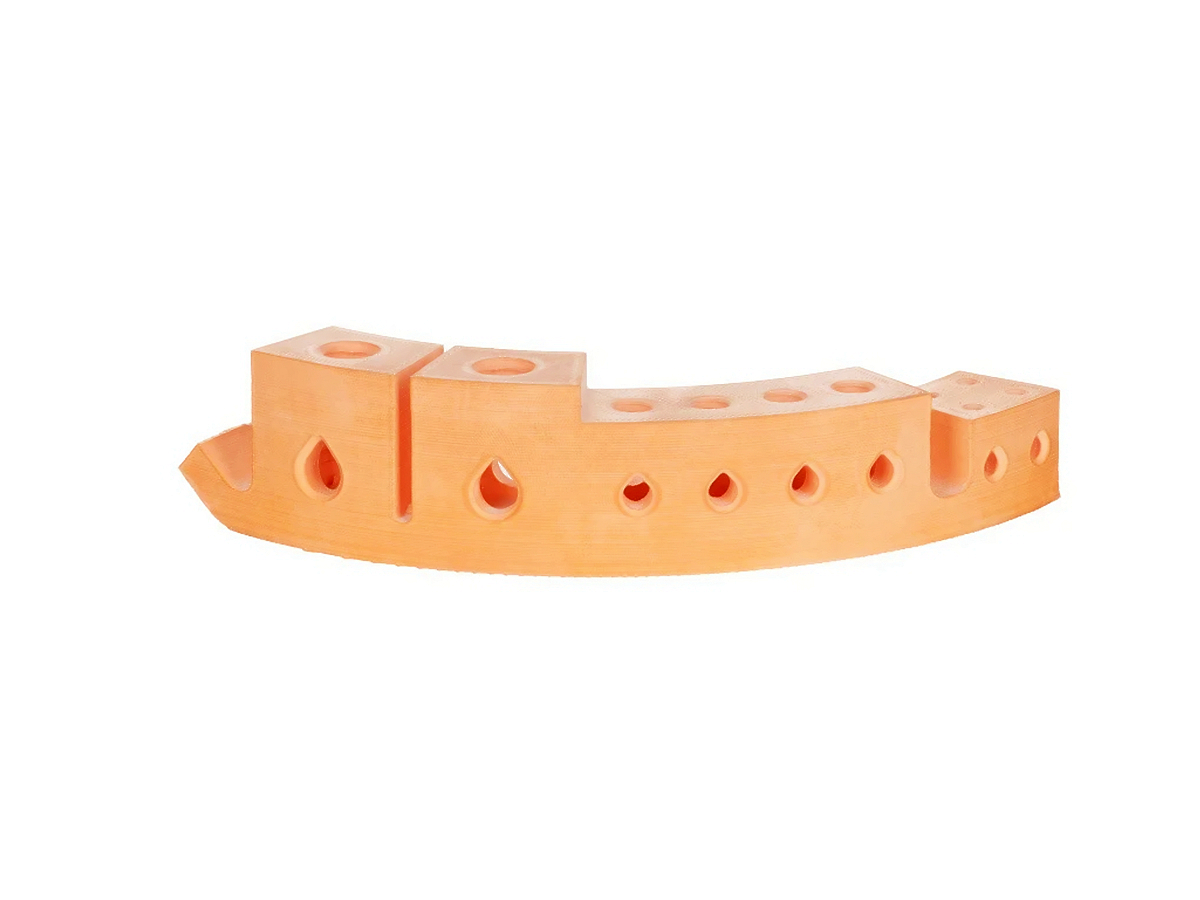Prototyping Excellence: Rapid Copper 3D Printing for Conductive Circuit Testing
Introduction
Rapid copper 3D printing is elevating the prototyping of conductive circuits by enabling the fast production of highly precise, high-conductivity components for testing and validation. By utilizing advanced metal 3D printing technologies such as Selective Laser Melting (SLM) and Direct Metal Laser Sintering (DMLS), high-purity copper alloys like Copper C101 and Copper C110 deliver exceptional electrical performance essential for advanced electronics development.
Compared to traditional PCB fabrication and subtractive methods, copper 3D printing for circuit testing dramatically reduces turnaround time, supports complex conductive geometries, and enables quick iteration cycles for product development.
Applicable Material Matrix
Material | Electrical Conductivity (% IACS) | Thermal Conductivity (W/m·K) | Tensile Strength (MPa) | Purity (%) | Circuit Testing Suitability |
|---|---|---|---|---|---|
≥99 | 390–400 | 220 | 99.99% | High-fidelity circuit paths | |
≥97 | 380–390 | 210 | 99.90% | General conductive applications | |
~80 | 275–300 | 350 | Alloyed | High-temp electronic testing | |
75–80 | 300–320 | 450 | Alloyed | Durable circuit test structures | |
≥99.95 | 390–400 | 200 | 99.95% | Precision conductive prototypes |
Material Selection Guide
Copper C101: With the highest electrical conductivity (≥99% IACS) and excellent purity, C101 is ideal for prototyping high-performance circuit traces, RF devices, and microwave components for validation testing.
Copper C110: Combines high conductivity and good mechanical properties, suitable for rapid prototyping of general circuit connectors, antennas, and bus structures.
GRCop-42: Alloyed for improved strength and thermal stability, GRCop-42 is preferred for prototyping circuits in environments with elevated temperatures, such as aerospace electronics.
CuCr1Zr: Provides a balance of conductivity and mechanical strength, ideal for robust test boards and modular circuit prototypes needing structural durability.
Pure Copper: Ultra-pure copper offers minimal resistive loss, excellent for building sensitive testing setups for precision sensors, electromagnetics, and biomedical circuits.
Process Performance Matrix
Attribute | Copper 3D Printing Performance |
|---|---|
Dimensional Accuracy | ±0.05 mm |
Density | >99.5% Theoretical Density |
Layer Thickness | 30–60 μm |
Surface Roughness (As-Printed) | Ra 5–12 μm |
Minimum Feature Size | 0.3–0.5 mm |
Process Selection Guide
Rapid Turnaround for Circuit Prototypes: Copper 3D printing allows production of conductive paths and custom electronic components within days, speeding up design verification processes.
Superior Conductivity: Materials like C101 ensure optimal electrical transmission for testing high-frequency, high-current, and precision-sensitive electronic prototypes.
Compact and Complex Geometries: Enables 3D routing of conductive paths, embedding of vias, and integrated power delivery systems within miniature device architectures.
Reduced Development Costs: Eliminates the need for expensive molds, tooling, or complex PCB fabrication processes during early-stage prototyping.
Case In-Depth Analysis: C101 3D Printed RF Circuit Prototype for Next-Gen Wireless Communication
An electronics research group required a highly conductive, precision RF circuit prototype for testing next-generation wireless communication devices. Using our copper 3D printing service with Copper C101, we fabricated conductive paths achieving conductivity ≥99% IACS, dimensional accuracy within ±0.05 mm, and ultra-fine resolution for micro-features. Post-processing included CNC machining and electropolishing to ensure low surface resistance. During initial validation trials, the printed prototype enabled a 20% performance improvement over conventional test circuits.
Industry Applications
Electronics and Semiconductor Research
Custom conductive circuit prototypes.
High-frequency RF and microwave device development.
Automotive and Aerospace Electronics
Rapid development of lightweight conductive frames and antenna circuits.
Biomedical and Wearable Technology
3D printed conductive paths for wearable health sensors and implantable electronic testing.
Mainstream 3D Printing Technology Types for Copper Circuit Prototyping
Selective Laser Melting (SLM): Best for ultra-high density, high-precision copper conductive paths.
Direct Metal Laser Sintering (DMLS): Ideal for complex multi-layer circuit geometries and compact test structures.
Binder Jetting: Suitable for batch production of larger, moderate-resolution conductive prototypes.
FAQs
What copper materials are best for 3D printed circuit prototypes?
How does copper 3D printing speed up conductive circuit testing and validation?
What surface treatments enhance conductivity for 3D printed copper circuits?
Can 3D printed copper circuits be used for RF and high-frequency testing?
How accurate are copper 3D printed conductive paths for miniaturized electronics?

